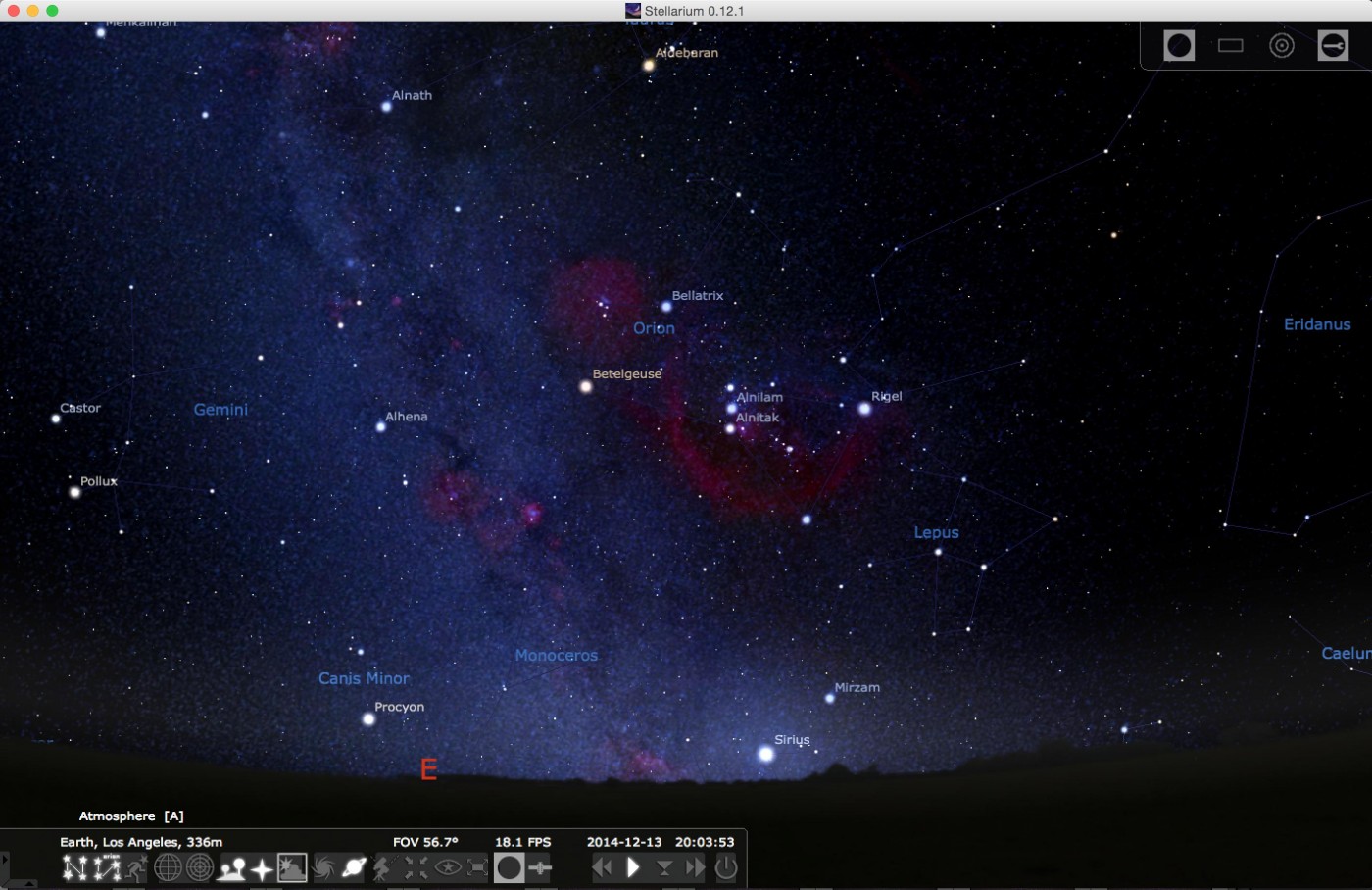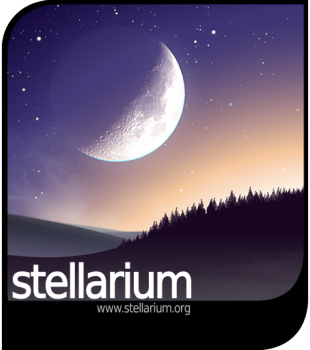

¦ ¦ ¦ ¦ pkg-plist: as obtained via: make generate-plist Expand this list (4174 items) Collapse this list. It is being used in planetarium projectors. Realistic sky in 3D, just like what you see with the naked eye, binoculars,
#STELLARIUM FREE#
Maintainer: Port Added: 13:12:12 Last Update: 13:14:36 Commit Hash: 195c608 People watching this port, also watch:: gimp, p5-type1inst, pcre, sdl, glib License: GPLv2+ Description: Stellarium is a free open source planetarium for your computer. Stellarium 3D photo-realistic sky renderer (planetarium)Ģ3.1 astro =9 1.2 Version of this port present on the latest quarterly branch. Want a good read? Try FreeBSD Mastery: Jails (IT Mastery Book 15) All times are UTC Making sure a target is centered is key for making sure that target stays centered when you progress time in the date and time selection box.FreshPorts - astro/stellarium: 3D photo-realistic sky renderer (planetarium)Īs an Amazon Associate I earn from qualifying purchases. If you search for an object through the search bar, the object is automatically centered, but if you just click on a target in the sky, it is not automatically centered.

By clicking this icon you can center the target. But note how at the bottom right of the information window seen at above left for Vega, there is an icon of a star surrounded by a crosshair at the bottom left. You can also pull up this information window for an object by clicking on it directly in the display of the sky rather than searching for it by name. This window includes key information about your astronomical object such as its Magnitude, Distance, and Right Ascension and Declination (RA/Dec). This will automatically redirect your screen to the target, centering the object and pulling up an information window as seen at the left in the image above. When options pop up (see inset image), you can click on the selection you want. To search for an astronomical object, in the top center "Search window" click on the search magnifying glass.Finally click on ‘> USE THIS LOCATION’ up above the map to the right. Click on the correct location selection (or arrow down to your location selection and press enter once your target location is highlighted see inset image). Click on the search magnifying glass in the upper left of the map and type the location you are interested in. This will bring up a big box in the screen center as seen above. Change your location by clicking on the "Location window" in the bottom left hand corner of your screen.Click the Equatorial Grid icon to display the lines of Right Ascension and Declination on the sky.Click the Constellations Art icon to display images of the objects the different constellations represent.Click the Constellations icon to display constellation lines and names.In the center of the window you can press the pause icon to stop time from progressing (by default Stellarium will progress the displayed sky one second every second), or press the icon with the clock with the arrow around it to return to the actual current day and time. On the top left of the window that pops up you can click the up and down arrows to change the year, month, and date, and on the top right of the window you can click the up and down arrows to change the hour, minute, and second. The "Date/time window" is brought up by clicking the digital clock in the bottom right hand corner of your screen.



 0 kommentar(er)
0 kommentar(er)
